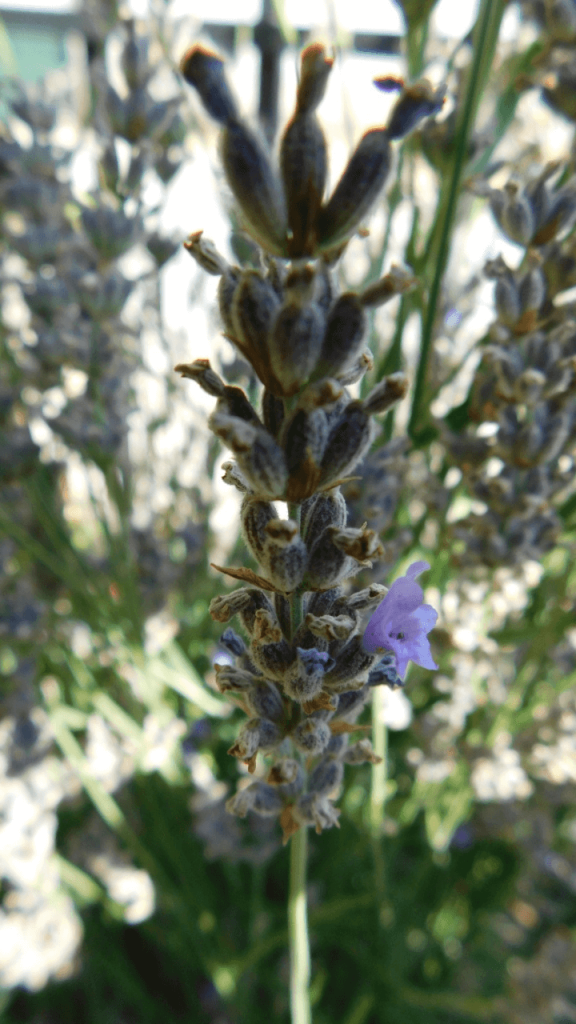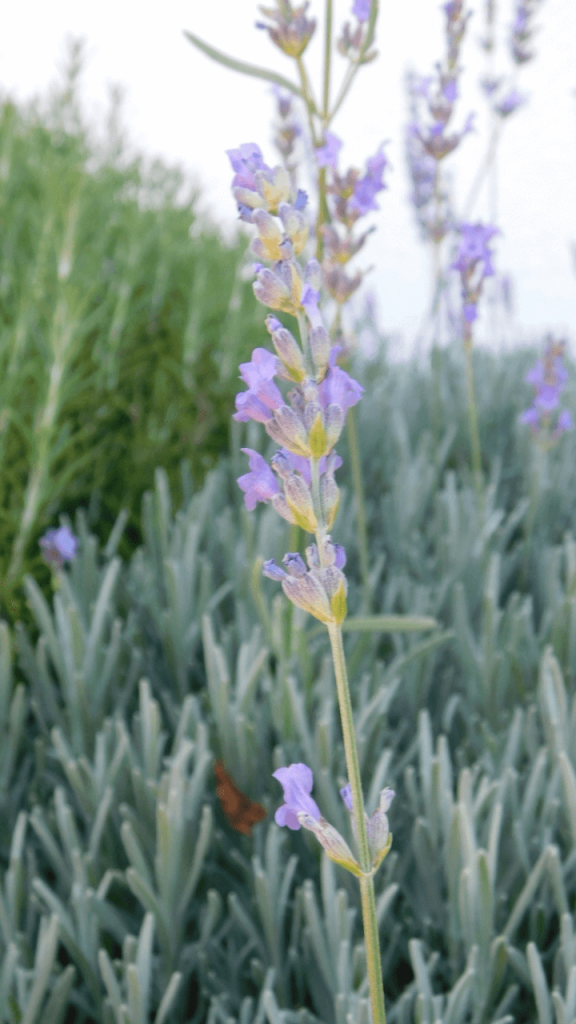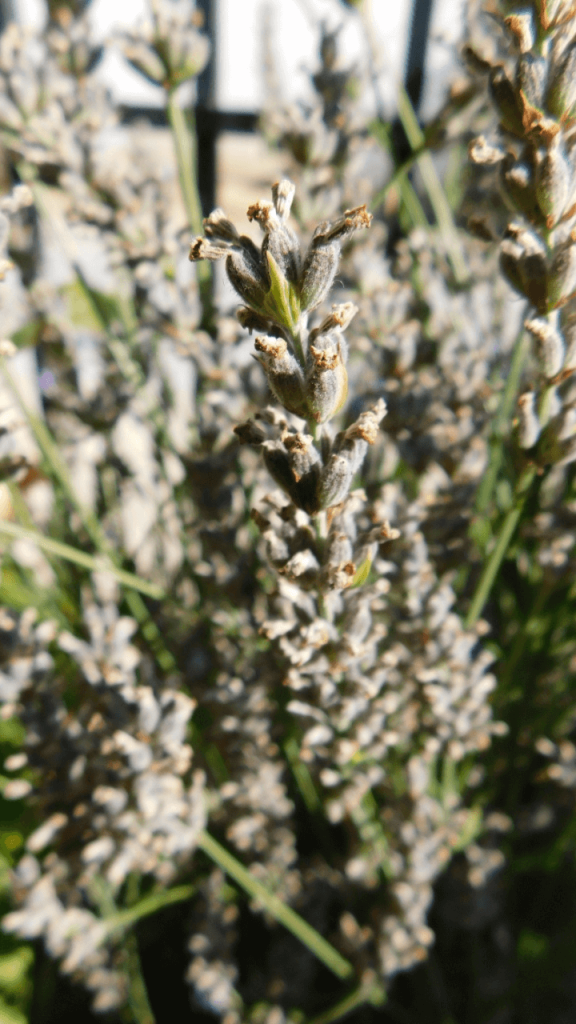Lavender, scientifically known as Lavandula, is an exquisite flowering plant belonging to the mint family, Lamiaceae. Native to the sun-kissed Mediterranean region, lavender is renowned for its delicate and aromatic purple flowers that captivate the senses. Its alluring fragrance and versatile applications in perfumes, soaps, and essential oils have made it a beloved plant among various industries. With a history spanning millennia, lavender has been cherished for its multifaceted uses and numerous benefits.
Historical and cultural significance of this plant
Lavender’s significance is deeply rooted in the annals of history, with countless ancient civilizations harnessing its wonders. In ancient Egypt, lavender played a role in the sacred mummification process, symbolizing purification and protection. The Greeks and Romans used lavender for healing and fragrant baths. In the Middle Ages, it was still treasured. Its scent and medicinal properties were celebrated. Lavender featured in Ayurveda and Chinese medicine. Its legacy endures through time.
Overview of this plant
In this enlightening blog post, we delve into the air-purifying prowess of plants. Let’s explore how it purifies the air. We’ll examine its ability to remove indoor pollutants, backed by scientific evidence. The many benefits of this plant showcase its value.
We will also venture into its cultivation and care, giving you the know-how to grow these plants expertly. You will learn the secrets of nurturing these elegant blooms to enhance your environment.
Dive into our insights and gain full knowledge of its air-purifying power. This wisdom lets you incorporate the plant into your space. Harmonize nature with your quest for clean living.
Join us as we explore the captivating world of this plant and its transformative effects. This blog will inspire you to invite the plant’s aromatic splendor into your life, elevating your surroundings.
Lavender as an Air-Purifying Plant

We recognize the remarkable air-purifying abilities of lavender, a gift from nature that contributes to a cleaner and healthier indoor environment. Lavender harnesses its natural properties to remove harmful pollutants lingering in the air around us. Through its leaves and roots, lavender acts as a diligent absorber, drawing in these pollutants and transforming them into harmless compounds. This fascinating process, known as phytoremediation, exemplifies the power of nature in improving indoor air quality.
Types of indoor pollutants that lavender can remove
Lavender exhibits its prowess in eliminating various indoor pollutants, making it an exceptional ally in our quest for pristine air. One notable group of pollutants that lavender targets is volatile organic compounds (VOCs), which are prevalent in many household products and materials such as paints, furniture, and cleaning agents. By absorbing these VOCs, lavender helps to cleanse the air we breathe and create a healthier environment. Additionally, lavender’s air-purifying qualities extend to combating airborne bacteria and mold spores, which can pose respiratory risks.
Scientific studies have substantiated the air-purifying abilities of lavender, providing empirical evidence for its remarkable efficacy. Notably, a study published in the esteemed journal Atmospheric Environment demonstrated lavender’s effectiveness in removing formaldehyde, a common indoor pollutant, from the air. Furthermore, research published in the Journal of Environmental Management highlighted lavender’s proficiency in eradicating volatile organic compounds (VOCs) from indoor environments. These scientific findings underscore the invaluable role of lavender in enhancing indoor air quality and promoting a healthier living space.
Overall, the collective body of research supports the notion that lavender is a natural and powerful agent in the pursuit of superior indoor air quality. By incorporating lavender into our indoor spaces, we can bask in the reassurance of a cleaner and healthier living environment, all while enjoying the soothing fragrance and visual splendor this remarkable plant offers. Let us embrace the air-purifying essence of lavender and embark on a journey towards a more harmonious coexistence with nature.
Benefits of Lavender

Health benefits of lavender aromatherapy
We appreciate the holistic benefits that lavender offers, extending beyond its air-purifying capabilities. Lavender has long been revered for its remarkable ability to induce relaxation and alleviate stress, making it a staple in aromatherapy practices that date back centuries. The scent of lavender holds a profound influence on both the body and mind, instilling a sense of tranquility and tranquility, while easing anxieties.
The mechanism behind lavender’s relaxation and stress reduction properties
Lavender operates by enhancing the activity of specific neurotransmitters in the brain that are responsible for promoting relaxation and alleviating stress. Its soothing fragrance directly impacts the body’s nervous system, effectively slowing down the heart rate and breathing rhythm. This harmonious interplay helps to mitigate feelings of anxiety and stress, promoting a calmer state of mind.
Lavender’s role in improving sleep quality
Furthermore, this herb has shown effectiveness in enhancing sleep quality, crucial for overall health. Research indicates it helps increase slow-wave sleep duration, the deep sleep phase that rejuvenates body and mind. By including this herb in our nighttime routine, we can utilize its properties for more restful sleep, benefiting our health.
In conclusion, the health benefits of this herb are diverse and well-documented. Its ability to induce relaxation, lower stress, and improve sleep quality makes it a versatile natural remedy. Let’s welcome its calming essence into our lives, letting its peaceful presence foster well-being and harmony.
Growing and Caring for Lavender
We understand the importance of providing the ideal growing conditions for lavender to flourish both indoors and outdoors. While lavender is generally an easy plant to grow, it does require specific care to thrive and maintain its health. Here are some best practices to follow:
- Selecting the right location: Lavender thrives in full sunlight, so it’s crucial to choose a location that receives at least six hours of direct sunlight each day. Whether indoors or outdoors, find a spot that provides ample sunlight to support the plant’s growth and development. Additionally, ensure good air circulation by spacing your lavender plants at least 12 inches apart.
- Soil and watering considerations: Lavender prefers well-draining soil to prevent root rot and maintain its overall health. It’s recommended to use sandy or loamy soil that allows excess water to drain away. Avoid heavy clay soils that retain moisture. When watering, strike a balance between providing adequate moisture and avoiding over-watering. Allow the soil to dry out slightly between watering to prevent waterlogged conditions.
- Pruning and maintenance: Regular pruning is essential to promote new growth and prevent lavender from becoming excessively woody. Prune your plants annually, ideally in early spring or after flowering. Trim back about one-third of the plant, focusing on removing spent blooms and excessive foliage. This practice encourages bushier growth and helps maintain a healthier plant overall.
- Avoiding common mistakes: One common mistake to avoid is over-watering lavender. This plant prefers drier conditions and can suffer if the soil remains consistently moist. Ensure that the soil has proper drainage and water sparingly to prevent waterlogged roots. Another mistake is neglecting to prune lavender adequately, resulting in woody growth and diminished vitality. Regular pruning helps maintain the plant’s vigor and productivity.
Creative Uses for Lavender

We appreciate the multifaceted nature of lavender, extending beyond its beauty and aromatic qualities. Lavender offers a wide range of culinary, beauty, and crafting applications that can enhance various aspects of our lives. Let’s explore some of these uses:
- Culinary applications: Lavender’s sweet, floral flavor makes it an intriguing addition to culinary creations. In the kitchen, you can use lavender to infuse baked goods, such as cookies, cakes, and scones, with a delightful twist. It also complements teas and cocktails, providing a unique aromatic experience. When experimenting with lavender in savory dishes, it pairs well with ingredients like honey, lemon, and berries, offering a subtle floral note to elevate your culinary creations.
- Beauty and skincare benefits: Lavender’s therapeutic properties make it a sought-after ingredient in beauty and skincare products. It possesses calming and soothing properties that can help alleviate skin irritations and inflammation naturally. Lavender’s antiseptic qualities can assist in preventing breakouts and promoting healthy-looking skin. From soaps and lotions to essential oils, incorporating lavender into your beauty routine can enhance the overall well-being of your skin.
- Home décor and crafting possibilities: Lavender’s visual appeal and fragrance make it a valuable resource for home décor and crafting projects. Dried lavender flowers can be used to create delightful sachets and potpourri that infuse rooms with a soothing scent. Crafting enthusiasts can explore various DIY projects, such as making wreaths, candles, and even infused oils. These creative endeavors allow you to incorporate the beauty of lavender into your home environment, adding a touch of natural elegance.
Conclusion
Lavender is a remarkable plant, cherished for its captivating history and versatile applications. We appreciate the multitude of benefits that this plant brings to both indoor and outdoor spaces, making it a valuable addition to any home or garden.
The fragrant and soothing scent of lavender has been treasured for centuries, with aromatherapy being one of its renowned uses. Whether you’re seeking relaxation, stress reduction, or a calming ambiance, lavender’s aroma can create a serene environment that promotes a sense of tranquility and well-being.
Beyond its aromatic qualities, this plant offers a range of health benefits. Its culinary applications allow for the infusion of delightful flavors into various dishes and beverages. The sweet, floral notes of lavender can elevate your cooking and baking endeavors, providing a unique and memorable taste experience.
Lavender’s contributions extend to the realms of beauty and crafting. Its inclusion in skincare products and homemade remedies harnesses its natural soothing properties, aiding in the care of your skin and promoting overall skin health. Additionally, lavender’s visual appeal and versatility make it an excellent choice for crafting projects, enabling you to create beautiful wreaths, potpourri, or infused oils that emanate the plant’s enchanting essence.

